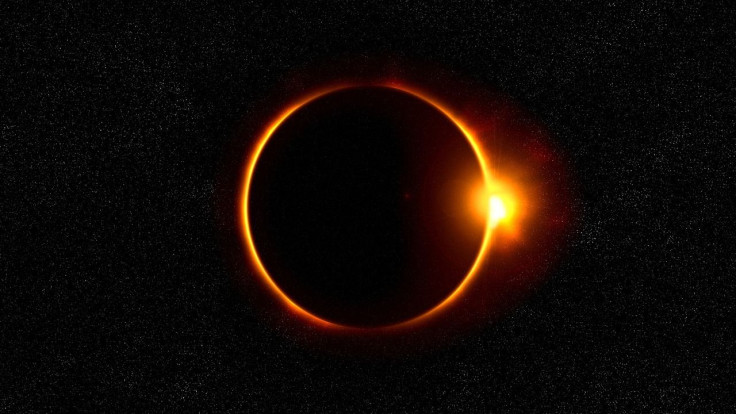
The total solar eclipse, which crossed Mexico, the U.S., and Canada on Monday, has amazed millions of people, many of whom are ready for the next one. When and where will the next astronomical events occur?
According to NASA, the next total solar eclipse over the U.S. is not until 2044, a much longer time since the last time the country was in the path of totality, which was in 2017.
Astronomy fans know that these astronomical events, when the moon aligns perfectly with the sun's position blocking the light almost entirely, are rare and unique. That's why the phenomenon generated a real tourism boom in the dozen of states where the total eclipse could be appreciated.
In a recent video by the American Museum of Natural History, astronomer Jackie Faherty explained that the Earth experiences a total solar eclipse on average every 18 months.
"The reason for that is that the moon's orbit that is going around the earth is actually off by five degrees, which might not sound like a lot but actually in space that turns out to be quite a large number, at least large enough that every 28 days or so days we are not getting an eclipse," she says.
The senior scientist also explained that total solar eclipses have another feature: each event cannot be observed from the same place or at the same time on the planet.
The senior scientist also explained that total solar eclipses have another feature: each event cannot be observed from the same place or at the same time on the planet. "Earth is spinning, and the moon is also spinning. As these rotations occur and both celestial bodies move around the sun, their positions constantly change, affecting where the eclipse is visible on Earth and its duration."

Before the 2017 eclipse, the most recent total solar eclipse to pass over North America happened in 1979. It was the first eclipse in 99 years with a path of totality that crossed the entire continent.
However, for those who want to repeat the experience or couldn't enjoy it due to weather conditions, there is no need to wait twenty years to watch the next total solar eclipse in the US. There are many other options just one flight away, to give the eclipse glasses a new use.
Where and When to Witness the Next Solar Eclipses?
The next total solar eclipse after April 8 is scheduled to occur on August 12, 2026, according to the specialized outlet Astronomy. The path of totality will be visible for a short period in Greenland, Iceland, and northern Russia, as well as a small part of Portugal and Spain.
Much more anticipated is the eclipse that will follow almost a year later. With maximum totality expected to occur in a region where clouds are exceedingly rare during that time of year, on August 2, 2027, a total solar eclipse will traverse 12 European, African, and Middle Eastern countries and territories, making Egypt the coveted destination.
The upcoming total solar eclipse will pass over Australia on July 22, 2028, with a duration of up to 5 minutes and 10 seconds.
Then, the decade ends with a total solar eclipse on November 25, 2030, which will pass over four countries on the African continent — South Africa, Botswana, Namibia, and Lesotho — as well as Australia. The maximum duration of totality will be 3 minutes and 44 seconds.
© 2024 Latin Times. All rights reserved. Do not reproduce without permission.







